Bombardier Challenger 300 exterior
Debuting in 2003, Challenger 300 immediately became a favorite in its class, taking this title from the Gulfstream II due to its generous thrust-weight ratio, large wing and agility. The Challenger 300 was not only more modern, but also more affordable, and in other respects it was not inferior to the competitor: transcontinental range, flat floor, eight-passenger cabin, access to the luggage compartment in flight and reliability.
Sales immediately began to break records, since at that time the competition was very conditional. So, the closest competitor in terms of cabin size - the Gulfstream G200 was inferior in terms of flight performance. A potential competitor in terms of flight performance could be the Hawker 4000, but because of a decade of childhood illnesses, he actually lost his track. As for the Dassault Falcon 50EX, the Canadian surpassed him in terms of operating costs.
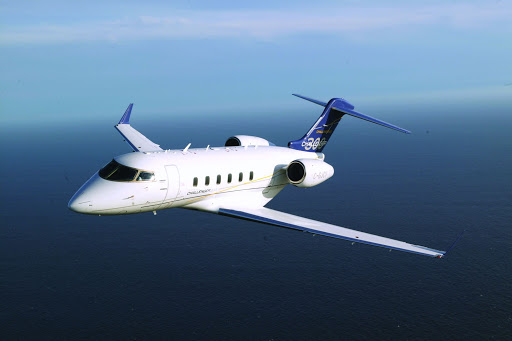
Bombardier Challenger 300 exterior
In general, for almost a decade, the Challenger 300 held the first place in the midsize and super-midsize classes, since no other aircraft could offer such a combination of cabin comfort, flight performance, economy of operation and reliability. Until mid-2014, Bombardier sold and delivered more than 450 Challenger 300 aircraft.
However, during this time, the market has changed a lot and is now quite crowded in the super-midsize segment. Significantly more high-tech models appeared, such as the Embraer Legacy 500, Gulfstream G280, as well as the surviving major upgrade Cessna Citation Sovereign + and Citation X.
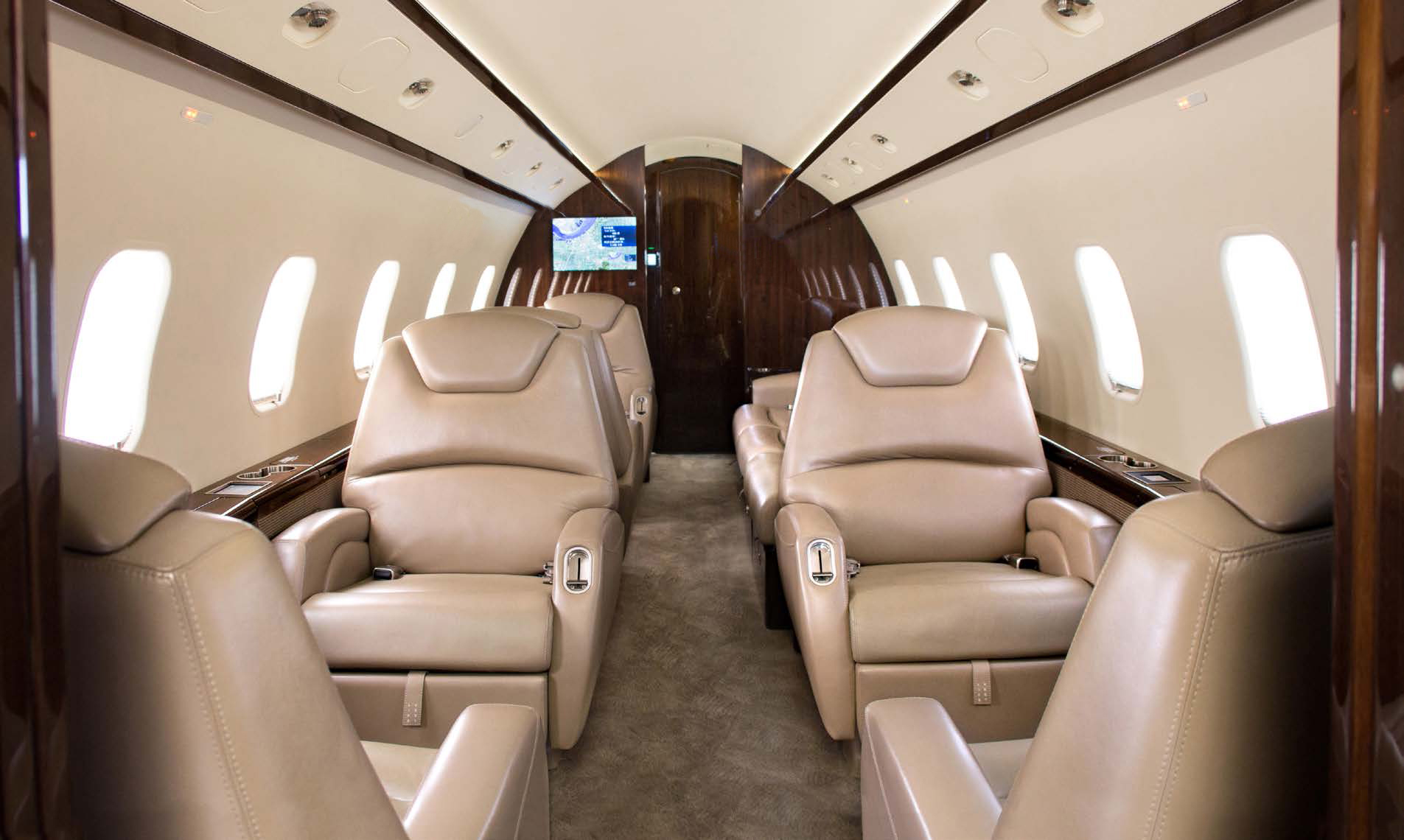
Bombardier Challenger 300 interior
Due to such serious competition, the Challenger 300 could no longer count on unconditional leadership. Having soberly assessed the situation, Bombardier executives came to the conclusion that they should not launch a full-fledged Challenger 300 replacement program. Instead, they decided to implement the solutions requested by the operators. Engineers have turned the Challenger 300 into a new model, with streamlined avionics, more powerful engines, more efficient winglets, and nice new cabin accessories. Maximum take-off weight increased by 794 kg, other weight parameters were also close to the wishes of customers.
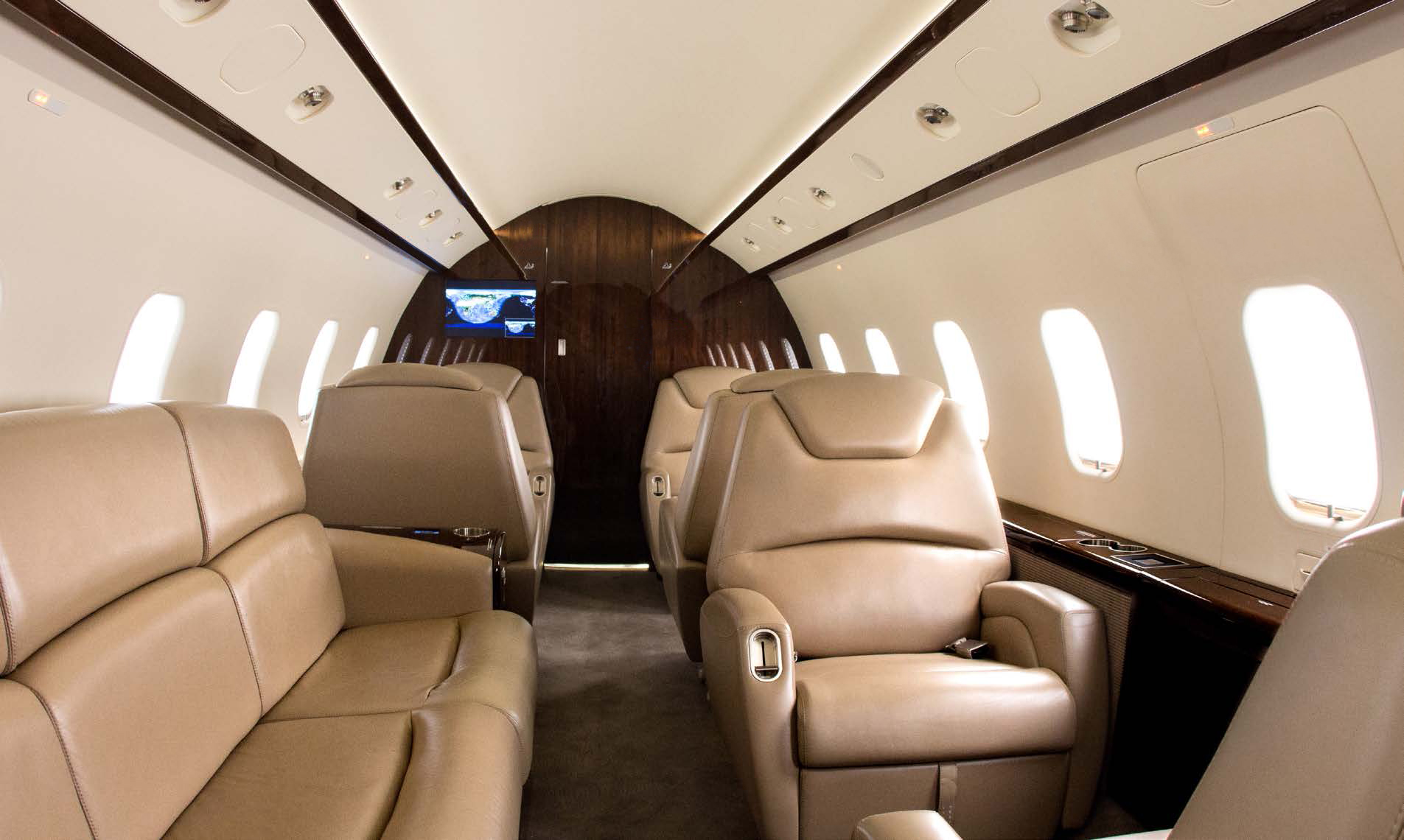
Bombardier Challenger 300 interior
The result is a Challenger 350 model that surpasses the original in almost everything, but differs in price by only 1.68 million dollars. The first flight of the aircraft took place on March 2, 2013.
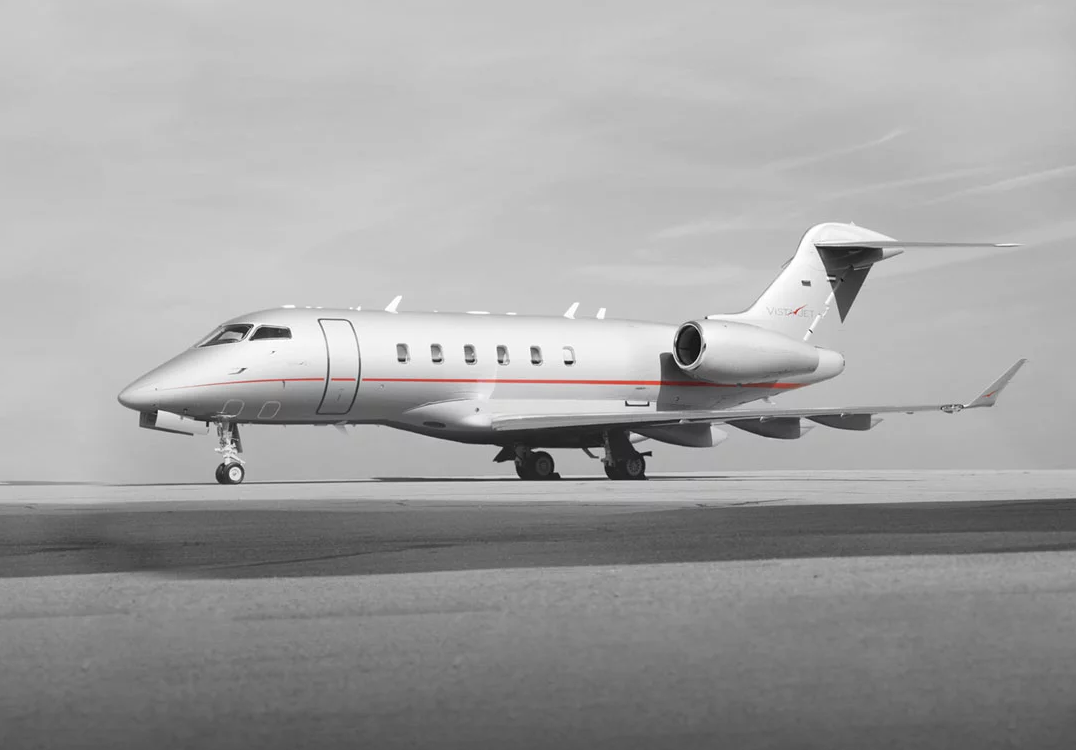
Bombardier Challenger 350 exterior
The Challenger 350 is one of the most sought-after business jets in the world, a true bestseller was first presented to the general public in May 2013 at the Geneva exhibition EVACE. Externally, the aircraft can be distinguished by the passenger portholes, which have become larger, and the new beveled winglets. The estimated flight range of the Challenger 350 with eight passengers at Mach 0.8 is 3200 nautical miles (5926 km). Maximum flight speed - Mach 0.82.
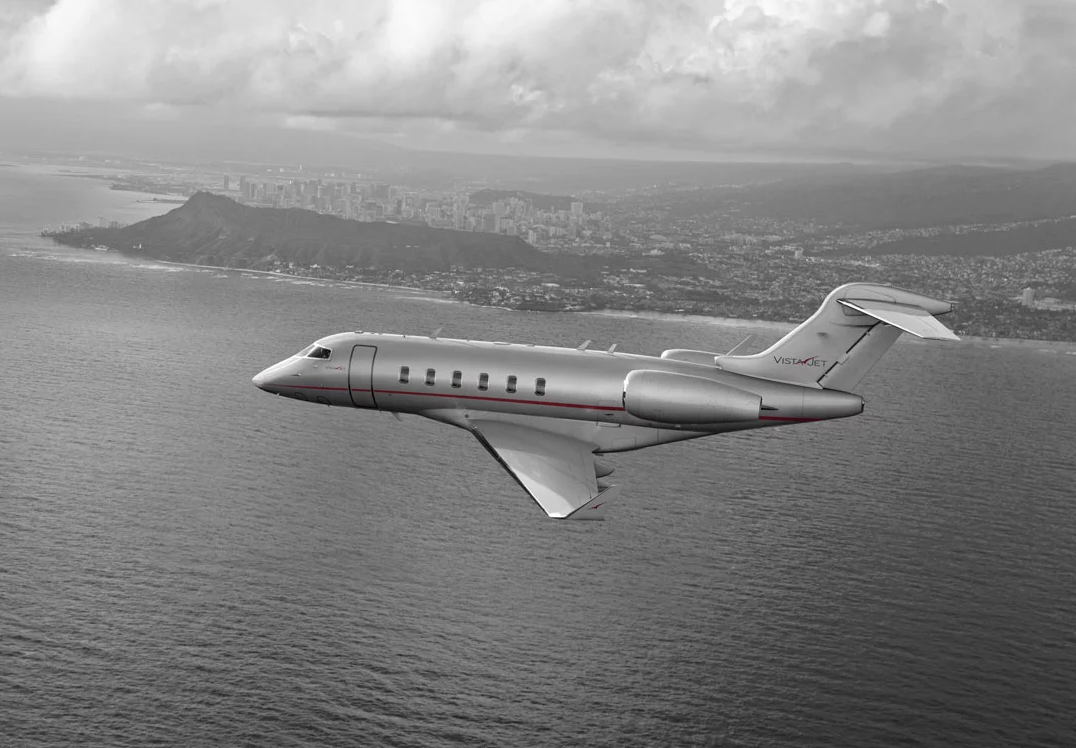
Bombardier Challenger 350 exterior
The Bombardier Challenger 350, based on the Challenger 300, has significant differences from its predecessor. The new model received increased take-off weight due to engine replacement, the new improved Rockwell Collins Pro Line 21 Advanced avionics, as well as a new artificial vision system that provides a complete picture of the outboard landscape in 3D, a dual inertial coordinate system that automatically determines the location of the aircraft, speed and spatial orientation.
In the standard configuration, the salon layout is designed for eight passengers in two sections, but instead of two seats, an optional three-seater sofa can be put in the back of the passenger compartment.
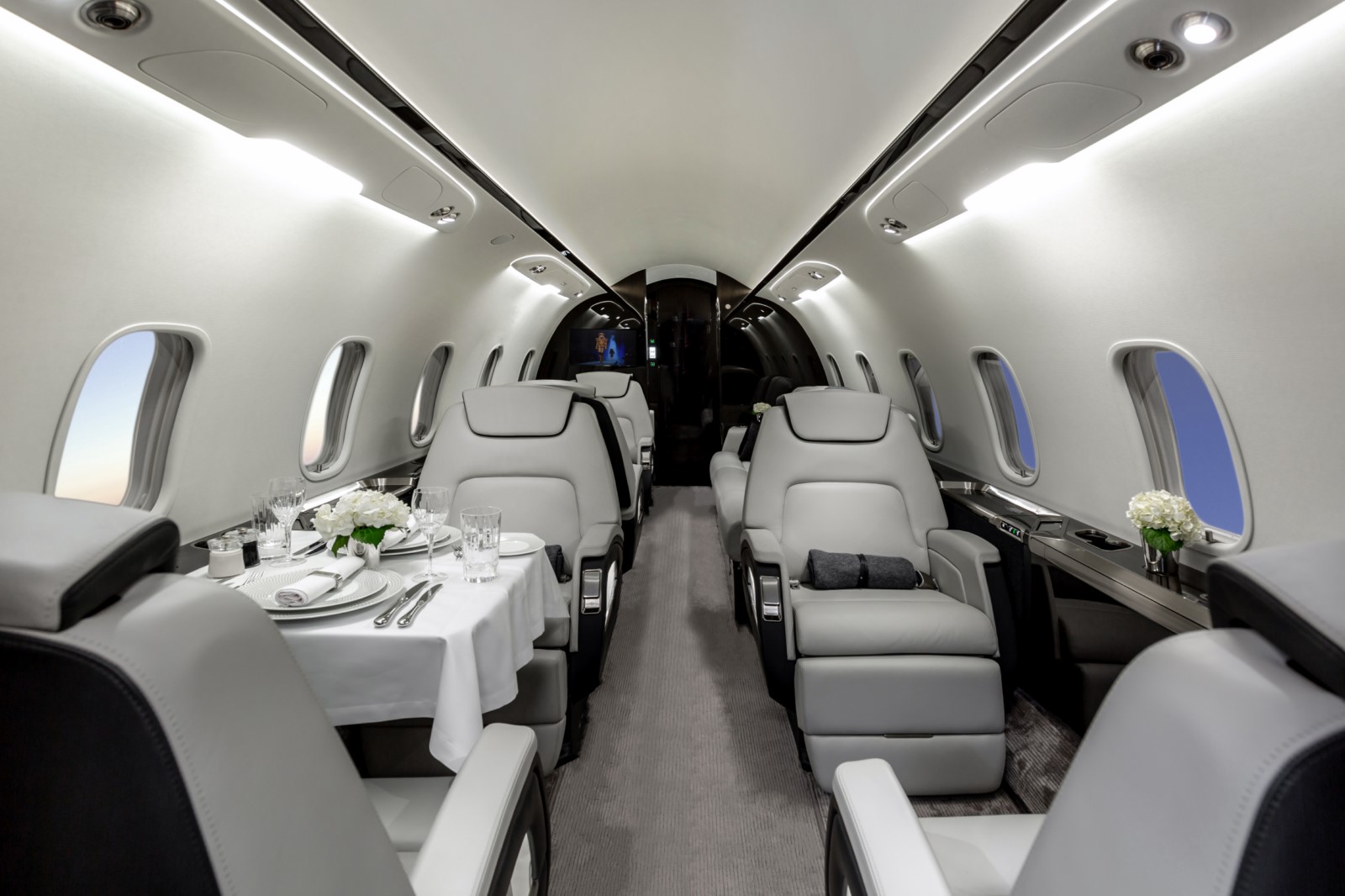
Bombardier Challenger 350 interior
The passenger compartment of the Challenger 350, which is already the widest in its class and has a flat floor, will receive a completely new interior. Along with more natural light, thanks to large windows, passengers can use the latest generation entertainment system from Lufthansa Technik, sit in new, more comfortable chairs, feel the work of the environmental control system and see the interior decoration with metal, which was made for the first time in the design of business jet salons. Among the amenities offered exclusively on board this aircraft include an automatic machine for preparing portioned hot drinks and a proprietary on-board entertainment system based on a tablet computer. The luggage compartment is quite roomy - three cubic meters. Access to it is carried out both outside and inside the cabin, which makes the flight even more comfortable.
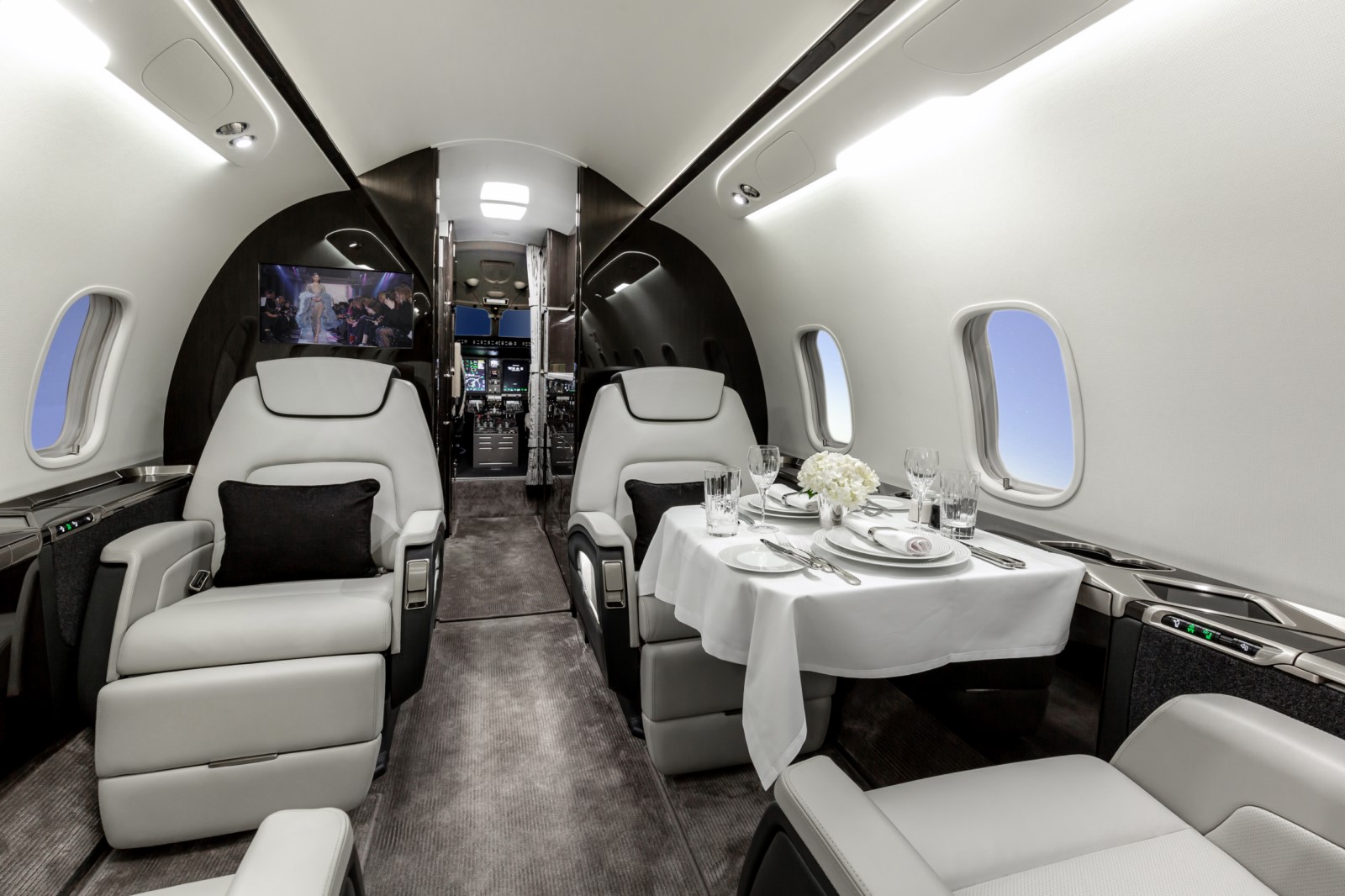
Bombardier Challenger 350 interior
The Challenger 350 cabin is more spacious than the Legacy 500 close-range and high-speed Citation X. Its area is about 13.6 m2, and the ceiling height (185 cm) allows passengers to stand at full height.
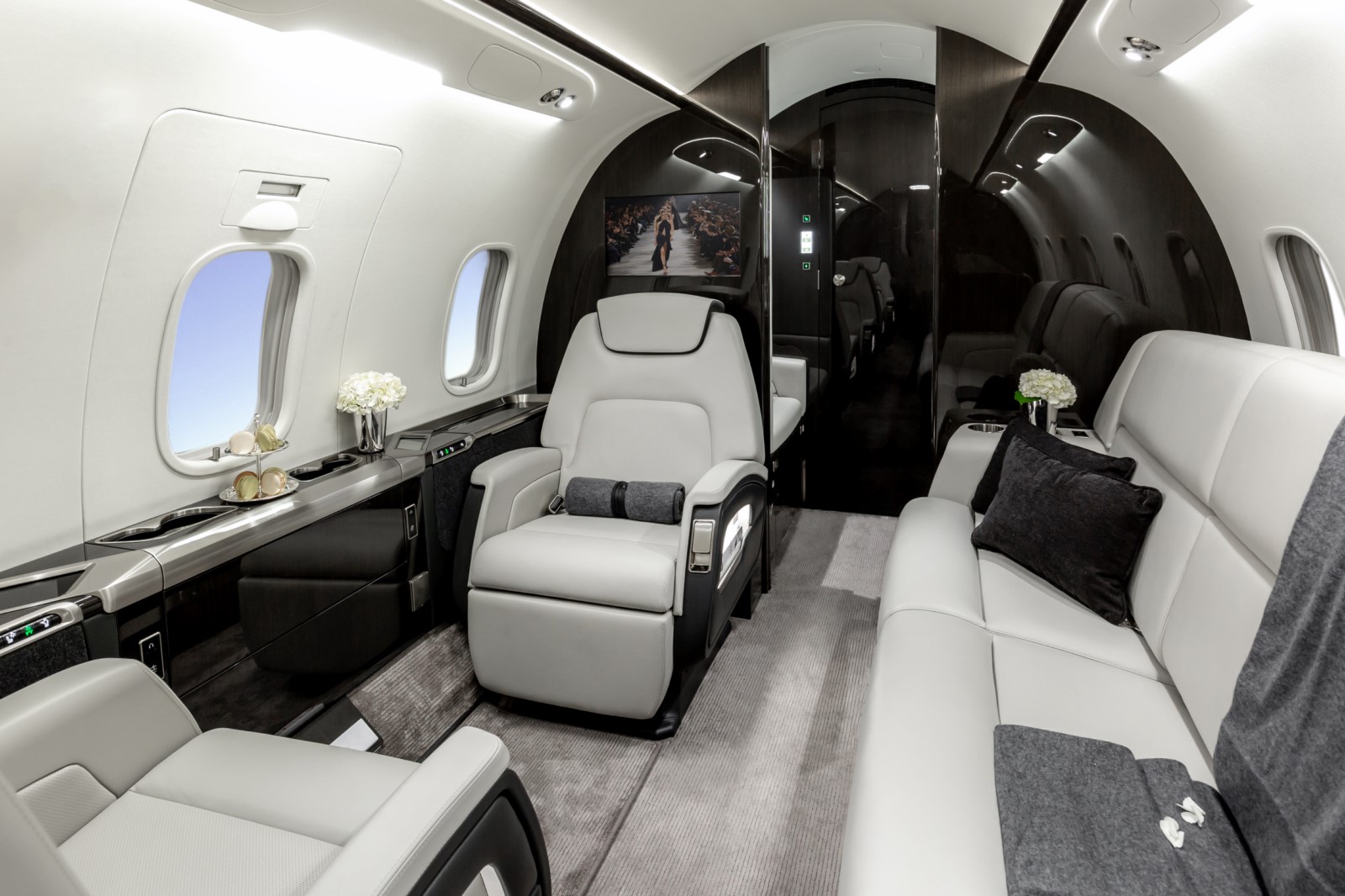
Bombardier Challenger 350 interior
The interior control system has been updated - now the settings can be controlled on touch panels or directly from your smartphone. Large and comfortable chairs, if necessary, are laid out in berths. Between them there is a fairly wide passage.